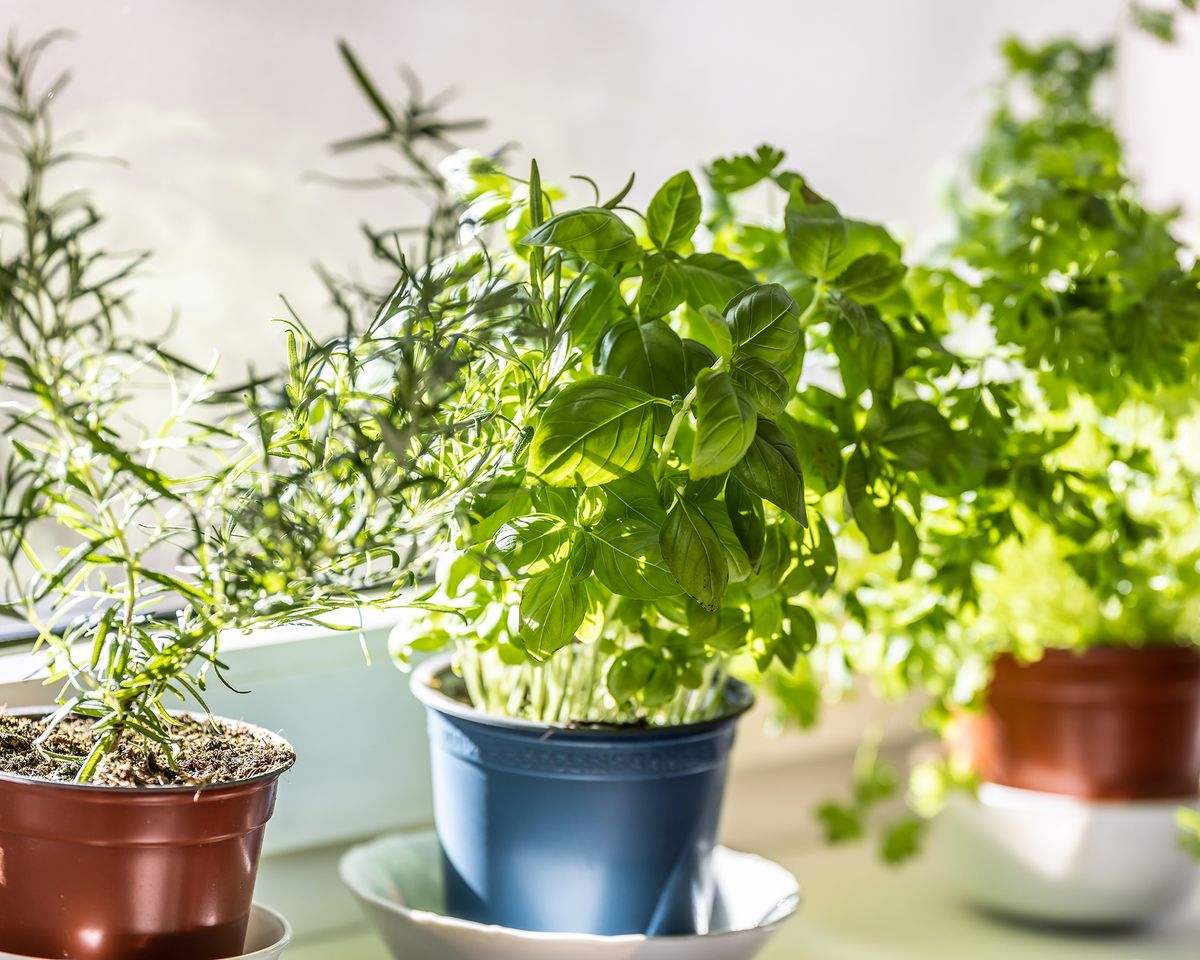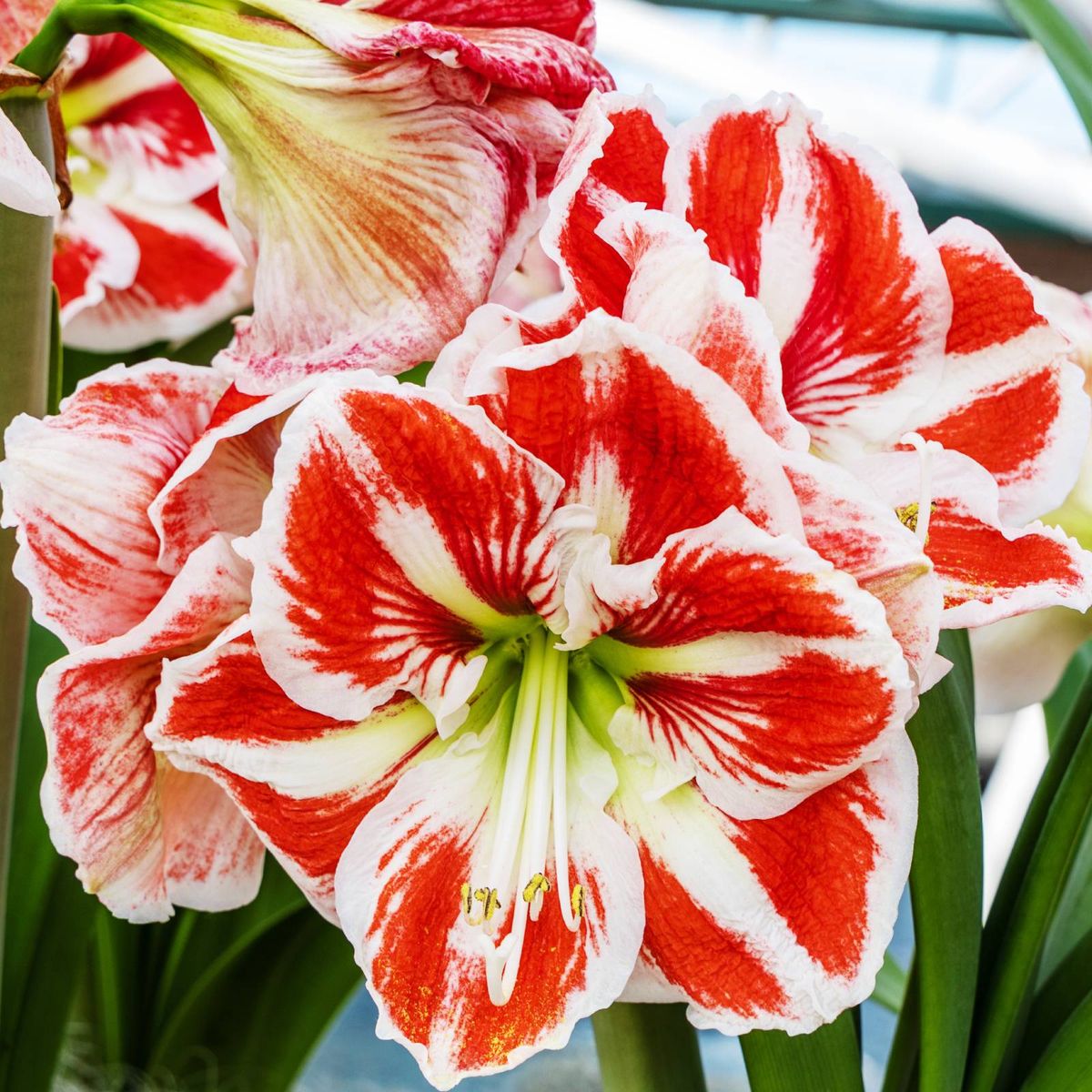On patios or in limited space gardens, winter colour should be planted not only to lift our spirits, but also to benefit the wildlife around us.

Reviews and recommendations are unbiased and products are independently selected. Postmedia may earn an affiliate commission from purchases made through links on this page.
Article content
As the days become darker, wetter and colder, the colour in our gardens should become proportionally more vibrant. On patios or in limited space gardens, winter colour should be planted not only to lift our spirits, but also to benefit the wildlife around us.
Advertisement
This advertisement has not loaded yet, but your article continues below.
Article content
Creating just a small habitat planting will make a difference. In areas with a milder climate, it is far easier to do; yet even in zones 4 and 5, where winter temperatures often dip to -25C, winter colour can provide both food and shelter for local birds.
When daytime temperatures rise to 10C, many bees are still actively looking for both pollen and nectar. Anna’s hummingbirds are here now and searching for nectar. As natural food sources begin to disappear, our wintering birds need alternate food options, and our gardens could certainly play a key role.
Most folks are unaware of the many winter flowering plants that can help our wildlife. For example, right now in coastal areas, long lasting winter heathers are just beginning to open, and depending on the variety, their blossoms will last well into spring as a source of nectar and pollen.
Advertisement
This advertisement has not loaded yet, but your article continues below.
Article content
Early flowering hellebores, particularly the new Gold Collection from the Heuger family in Germany, such as H. niger Jacob and H.n. Joseph, are about to open. The well-known Christmas Rose, with its large, upward-facing, pure white blossoms, accented by yellow stamens, is now blooming early and is loaded with pollen and nectar for bees.
The winter flowering Camellia sasanqua is a magnet for hummingbirds, and it offers a continuous supply of winter colour. Brilliant, long blooming, yellow Jasminum nudiflorum is now opening, as is Pink Dawn viburnum, which will continue to bloom until April next year. Winter blooming mahonias, like Winter Sun, are also now in bloom and are another source of nectar.
All these plants will provide long or continuous winter colour, especially if they are located in the warmest part of your garden, where they will be least affected by cold weather.
Advertisement
This advertisement has not loaded yet, but your article continues below.
Article content

If you haven’t planted them yet, there is still a supply of snowdrops, yellow winter aconites and crocuses available. Depending on the nature of our winter, they will provide colour as early as January. Of all these bulbs, crocuses provide the best resources for pollinators.
Over the past few years, there has been a significant drop in the use of berried plants for landscaping. As a consequence, local growers seem to be growing less of them. Ilex verticillata (deciduous holly) is probably the most valuable berry plant for a winter garden. Hardy to zone 3, it requires a sunny location and both a male and female plant for the best berry development.
Its brilliant red or yellow berries are not only a hit with birds, but they also light up a winterscape. The berried branches of Ilex verticillata are very attractive when used as cut stems in bouquets, and they are the most sought-after colour for porch pots. They may be a little pricey, but they’re worth it.
Advertisement
This advertisement has not loaded yet, but your article continues below.
Article content
A traditional evergreen favourite, pyracanthas have attractive orange, red or yellow berries. As a nice year-round feature, they look great espaliered on a wall, trellis or fence. They also make effective security plants as they have rather nasty thorns. They, too, berry up best in a sunny location, and during winter, they provide food and protection for birds.
Evergreen Cotoneaster salicifolius (willow leaf cotoneaster) is one of my favourite screening plants. In full sun or partial shade, it grows rather quickly to three or four metres tall and wide and produces masses of small red berries all winter. Although not a bird favourite, during cold spells they will eat the berries.
Symphoricarpos (snowberry) is a native plant that has now been bred to produce new colours of berries in rich deep pink, light pink and white. They, too, have become a favourite of many growers because they make great florist-quality berry stems that perform very well in arrangements and in porch pots.
Advertisement
This advertisement has not loaded yet, but your article continues below.
Article content
Proven Winners has introduced a new variety called Proud Berry. Hardy to zone 3, it grows only three to four feet tall and wide and produces lots of vibrant pink berries that last well into winter. It’s a great source of winter colour and for cut stems in bouquets. To encourage an ever-increasing number of berries, it should be pruned back to about one foot in late winter.
The contribution of deciduous shrubs cannot be overstated. The colourful stems of shrub dogwoods lead the way in winter brilliance. The so-called red and yellow twig dogwoods have been traditional favourites, but gardeners are now falling in love with the red, orange and yellow tricolour varieties of Cornus sanguinea Arctic Sun and C. s. Mid-winter Fire. Hardy to zones 3 and 4, they light up winter landscapes, especially as the temperatures drop. Very much like the native Red Osier dogwood, these varieties are bird and wildlife friendly plants.
Advertisement
This advertisement has not loaded yet, but your article continues below.
Article content
Japanese maples, like Acer palmatum Sango-Kaku (coral bark maple) and Acer griseum (peeling bark maple), also create stunning winter displays, like so many others.
Evergreen foliage plays an important part in winter colour and as hideaway places for birds. Some new compact blue spruce, like Picea pungens Baby Blue and the low, globe shaped Picea p. Globosa, have a brilliant blue hue that is especially intense in cooler temperatures. Blue fescue grasses, like Beyond Blue, also punch up winter colour. Other grasses, like the gold Acorus gramineous Ogon and Carex oshimensis Everillo and C. o. Evergold, also add a nice winter glow.
There is a trend back to colourful, compact conifers, and the selection today is quite remarkable. Dwarf chamaecyparis (like Verdoni), thujas (like Rheingold) and compact cryptomerias that turn shades of purple in winter are all great garden or container plants.
This is the perfect time to assess your winter garden. Is it filled with winter colour? Is it providing food and shelter for birds and pollinators? Once in place, winter colour plants will provide years of enjoyment — for us and our feathered friends.












